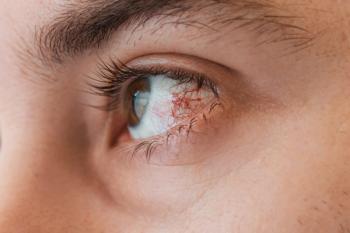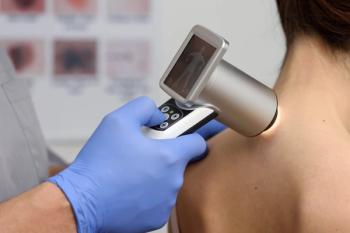
FDA Expands Bimzelx Approval to Three Additional Autoimmune Indications
Bimzelx was first approved last year for the treatment of moderate to severe psoriasis in adults, making it the first and only IL-17A and IL-17F inhibitor approved in the United States for four autoimmune diseases.
The FDA has approved Bimzelx (bimekizumab-bkzx) for the treatment of psoriatic arthritis, non-radiographic axial spondyloarthritis and ankylosing spondylitis, according to the details of a news release
Psoriatic arthritis, non-radiographic axial spondyloarthritis and ankylosing spondylitis are autoimmune diseases characterized by chronic inflammation. Psoriatic arthritis affects about 30% of people living with psoriasis, and symptoms include joint pain and stiffness, skin plaques and swollen toes and fingers.
Non-radiographic axial spondyloarthritis and ankylosing spondylitis cause inflammation in the lower spine and sacroiliac (SI) joints, which are the joints that connect the lower spine and pelvis. The most common symptom of ankylosing spondylitis is lower back pain that improves with exercise but not with rest. Ankylosing spondylitis usually begins before the age of 45 and about 10% to 40% of patients progress to non-radiographic axial spondyloarthritis over the next two to 10 years. The term 'non-radiographic' refers to the lack of radiographic evidence of joint damage.
The recommended dosage of Bimzelx is a 160 mg subcutaneous injection given every four weeks.
Data for approval of Bimzelx for psoriatic arthritis was gathered during the phase 3 BE OPTIMAL and BE COMPLETE studies where success was measured using the American College of Rheumatology 50 score, which means there was a 50% improvement in disease response. Forty-four percent of patients in BE OPTIMAL and 43% of patients in BE COMPLETE achieved an ACR50 response by week 16 with symptoms controlled up to 52 weeks, when compared to placebo.
Bimzelx treatment success for non-radiographic axial spondyloarthritis and ankylosing spondylitis was measured during the BE MOBILE 1 and BE MOBILE 2 studies. Almost half of participants (47.7% and 44.8%) in both studies had at least a 40% improvement in symptoms by week 16, when compared with placebo.
The most common side effects were upper respiratory tract infections, oral candidiasis and headaches, reported in at least 2% of patients.
Bimzelx is currently available for prescription. The
Newsletter
Get the latest industry news, event updates, and more from Managed healthcare Executive.






















































